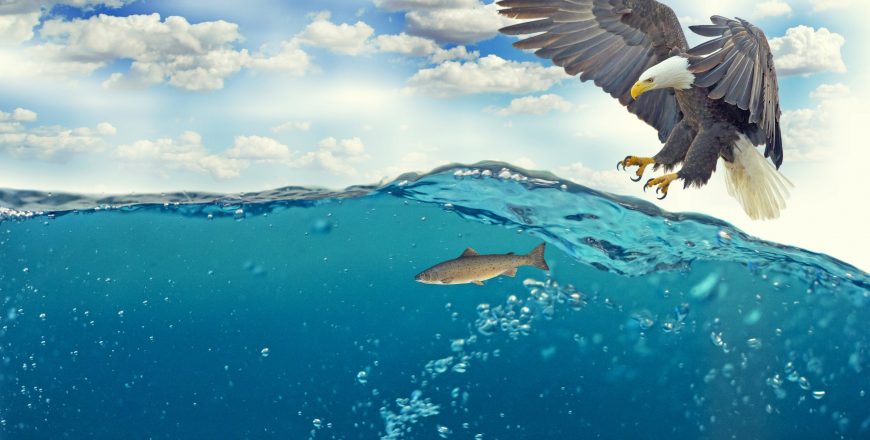There are dozens of animals listed in this short guide. These animals were chosen to show the diversity of animals on Earth: carnivores versus herbivores; Australian animals versus animals found on the North and South American continents; marine animals versus animals living on land; etc. There are more Animal Stamps than there animals in this Animal Guide. But you can always add more!
Another important consideration for including an animal in this guide was whether or not these animals can be seen in the local zoos or neighborhoods by the children doing these activities. There are millions of fascinating animals that deserve to be noticed or at least known—don’t let this limited guide stop you or your child from the exploration of life on our planet!
This animal guide has only a very limited amount of information about each animal—some of the Supermarket Science Activities require children to do research using library books or the Internet. There is plenty of space next to the animal descriptions to pencil in a reference or a good source of additional information. Development of research skills is one of the educational goals of Supermarket Science Curriculum.
All animals in this guide are arranged into groups by their geographic location. The same animal may be listed in several different groups—rabbits are found on every continent and so are most of the domesticated animals. This grouping reinforces the concept of multiple classification systems. Some of the Supermarket Science Activities require sorting the animals into multiple groups based on criteria like type of habitat (e.g.: African Savanna, rainforest, desert, marine habitat), place of origin (e.g.: Africa, Madagascar), family (e.g.: primates, bears, birds), adaptations (e.g.: type of camouflage, ability to live with little water), food (e.g.: herbivores, carnivores, frugivorous), conservation status (e.g.: endangered, extinct, abundant), and others.
Next to most animal descriptions, there are icons of those animals. For example, references about elephants have an elephant icon next to them. These icons can be used as keys to link information between all of the Supermarket Science Activities and the Supermarket Science Animal Cards and Animal Stamps.
There are also illustrations on most pages. Kids are strongly encouraged to color them and to draw additional information: food, babies, predators, prey, or other environmental clues about how these animals live. Researching those details is a valuable skill for all educational activities.

